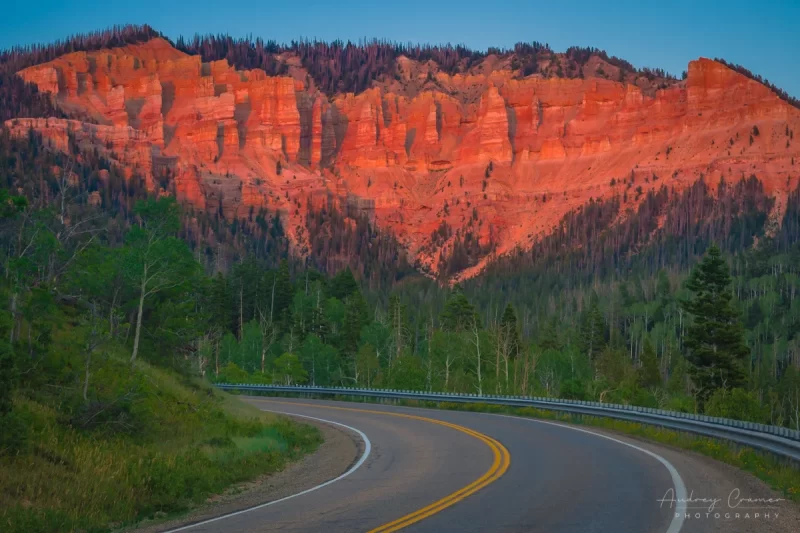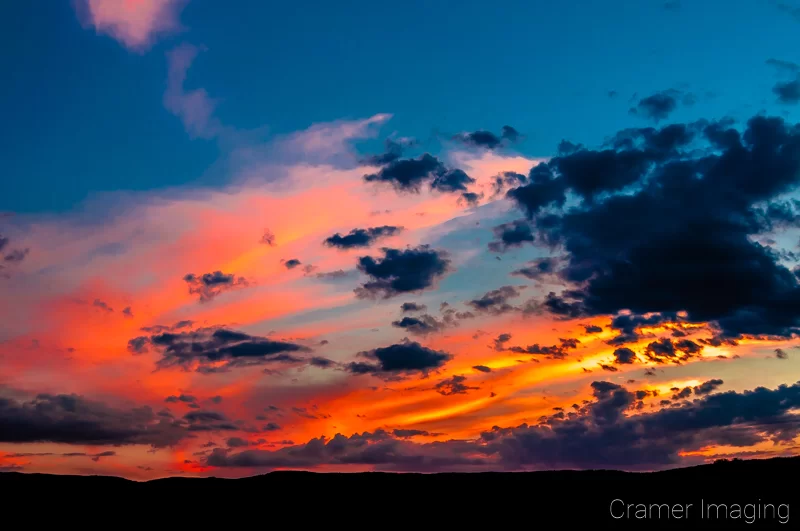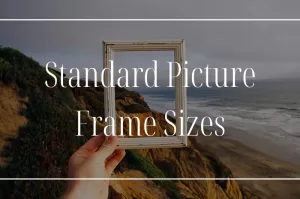As a fine art photographer who specializes in landscape photography, I have asked myself this question countless times. How do I make money with fine art photography? I know that many others have asked this question too. So, today, I would like to share the best answers I have to this question.

Keep in mind that I cannot, in any way, give you a step-by-step guide on how to make money as a fine art photographer. I cannot tell you to pick up a particular marketing tag line, what marketing campaign to run and when, or who your target audience even is. You will have to experiment with all the little details like those on your own. What I can give you is a list of paths you can choose to walk.

It’s your choice which path(s) to walk. You may choose one, two, or all three although I recommend not pursuing all three heavily at the same time. You’ll be overwhelmed. So, start with one at a time.
1. Stock Photography
One sure money-making path for the right kind of fine art photographer is stock photography. Certain kinds of photography under the fine art heading are always in fashion with marketing campaigns. Landscapes and other nature related photos along with architectural, lifestyle, and fine art portraiture will always be in demand. Also, there are other styles of photography which can make you money as stock photos as well. You make money off of selling licenses to use the photo(s) which the client wants to use. You can try using a traditional stock agency (a disappearing breed) or an online micro-stock photography website to sell licenses.

The big secret with stock photography is quantity. The more options you have, the more likely you will be to have something which will be licensed. This means that you need to have several different takes on the same idea. This doesn’t mean a bunch of identical photographs. It means something like if you have a portrait orientation of a photo, see if you can also have a landscape orientation too. You don’t know what your client’s needs will be so do multiple takes on various arrangements.

If you have a sizable portfolio of the right kinds of photos, you can license them and continually make money off of the same set of images.
2. Commercial Photography
Commercial photography is another way to make money with fine art photography. There is a market out there of companies needing just the right kind of fine art photos for their marketing efforts. Some companies don’t want to go the stock photography route and buy a license to a photo which might pop up in other places. They want something which will reflect them much better than stock photos will. Other companies need photos which will specifically reflect them (such as commercial headshots). Commercial photography will vary based upon the needs of the specific client. As with stock photography, you make money by either licensing your photos or outright selling the copyright to them.

The way to make commercial photography work is to get inside your client’s heads and create what they want. They may not always be able to articulate what they want. Getting a shot list and getting as many specifics as possible will help you to create their vision. Research will also help you develop an idea of how to satisfy your commercial photography clients.

If you’ve developed the right kind of portfolio, then commercial photography clients will start finding you as long as you’re doing your homework and putting your name out there properly.
3. Independent Artist
Your final option to make money with fine art photography is to pursue the path of being an independent artist. Now this is the most commonly trod path, but most people don’t know how to walk it properly. Thus, the term ‘starving artist’ was born. Being an independent artist means starting up your own business and selling your photography yourself. You will need to generate your own client base. However, you will have a lot more freedom in how you choose to sell your photos. You can sell prints, digitals, licenses, a combination, and more. Make sure that you are pricing yourself competitively.
Making money as an independent fine art photographer can be difficult. The best advice I can give there is to start with taking several business classes. It might not sound appealing, but it’s the biggest favor you can do yourself. With such study, you will find yourself lightyears ahead of your competition.
The other piece of advice I have is to pay attention to what kinds of fine art photography sell in the general art market. If you have a style which is extreme or incredibly niche, there’s a good chance that you won’t make it as an independent artist. You have to have your finger on the pulse of what the general public wants in fine art photography, or you will be doomed to be a starving artist. If you are such a very niche fine art photographer, be prepared to explore other forms of fine art photography to find one which you will enjoy enough to make and will also appeal to a mass market.
If this is a path you plan on walking, then you will need a well developed portfolio to display your particular niche and the business acumen to sell it to the public.
Conclusion
In conclusion, there are ways to make money with fine art photography. You just have to know where such photography is wanted and then price it accordingly. You can take the ‘easy’ route and do stock photography. There are plenty of photographers who can make a living on stock photography. You can pursue commercial photography and really make money if you know what you are doing. You can also choose to chart your own course as an independent artist. There are definitely ways for you to make money as a fine art photographer. Which path(s) will you choose?





